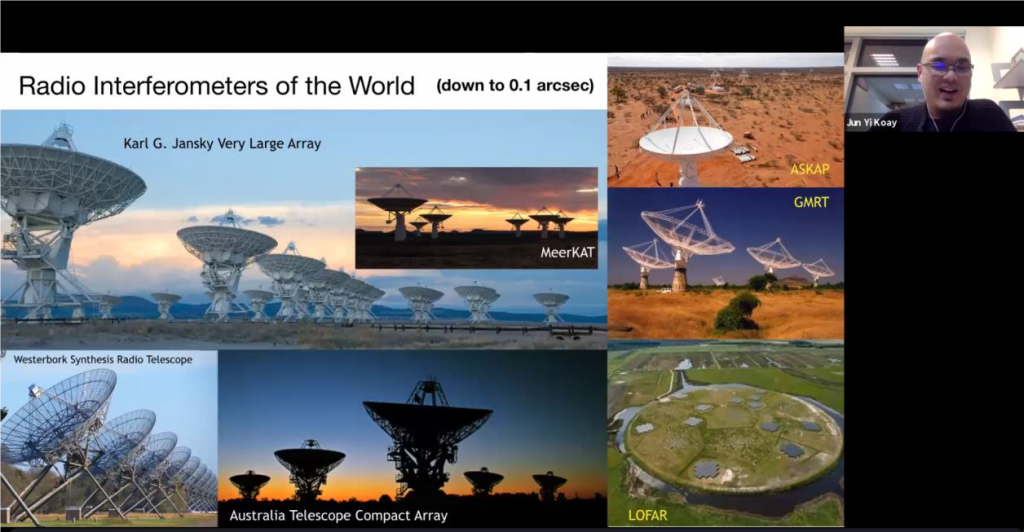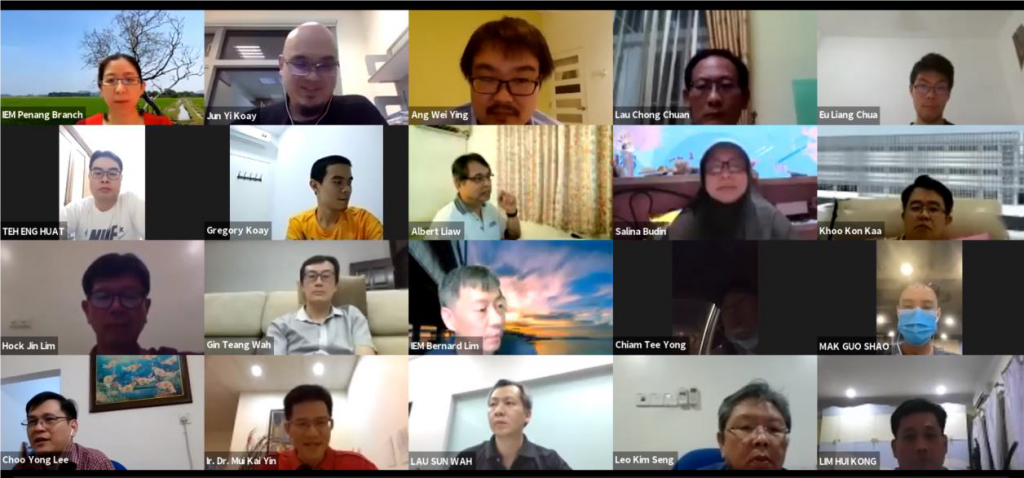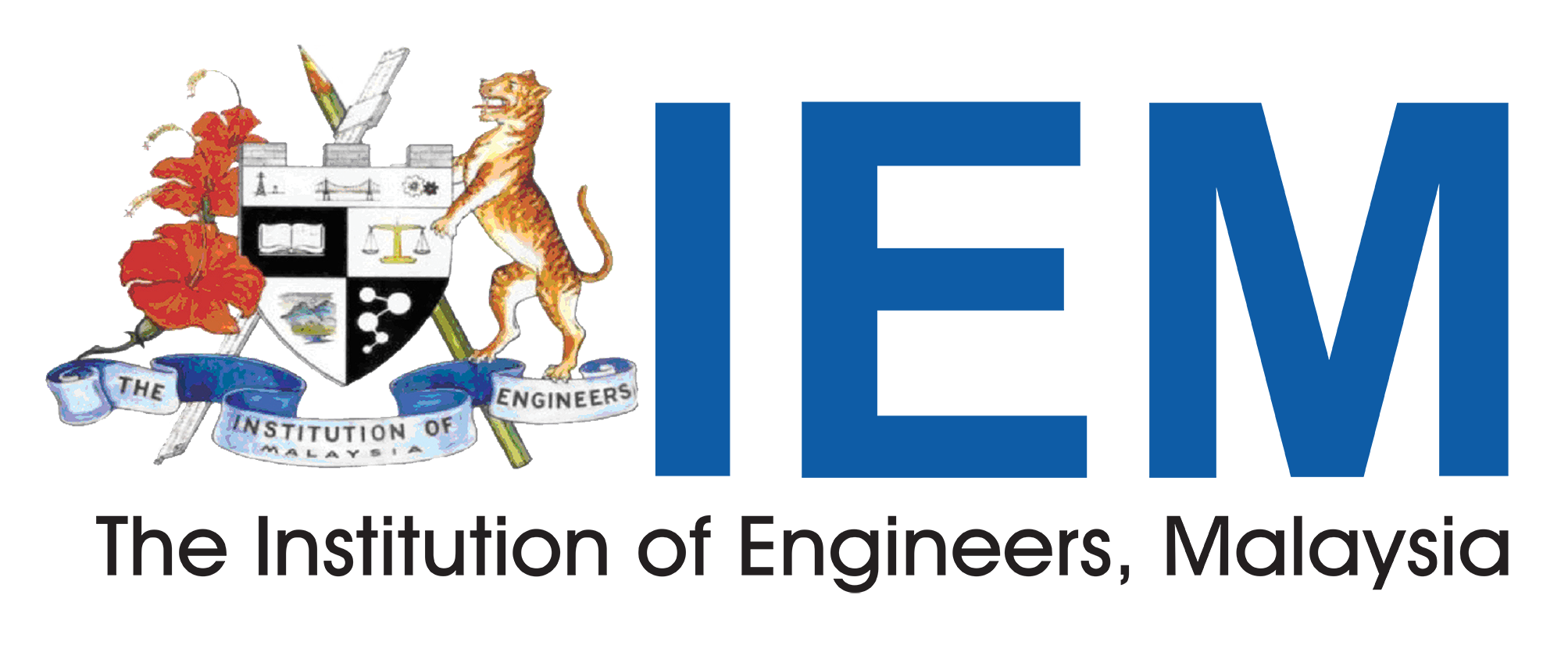Authored by: Ir. Dr. lee Choo Yong & Ir. Dr. Mui Kai Yin
The online technical talk on “The Event Horizon Telescope: The First Black Hole Image and Beyond” attended by 24 participants was successfully organized by the Electronic Engineering Technical Division (eETD) on 25th February 2021. The speaker is Dr. Kevin Koay Jun Yi, a Malaysian astrophysics hails from Penang, he is currently affiliated with Academia Sinica Institute of Astronomy and Astrophysics after spending few years as Postdoctoral Researcher at the Dark Cosmology Centre, part of the Niels Bohr Institute at the University of Copenhagen, Denmark. He is part of team Event Horizon Telescope (EHT) Collaboration that achieved most momentous breakthroughs in astronomy history by capturing the first-ever image of a supermassive black hole in Messier 87 (M87) galaxy.

Figure 1 Black hole image (in polarized light)
Dr. Koay started his talk at 6:30pm by introducing overview of black hole and importance of capturing its image to enable further understanding of universe. He then elaborated the naming system in astrophysics, long investigation in decades by scientists to identify black hole in galaxies and challenges to capture black hole images which is located 55 million light-years away from earth.
Subsequently, Dr. Koay shared development of radio astronomy which is a methodology to detect radio waves from space, it started from single radio telescope and then developed to multiple linked telescopes, which is known as radio interferometers. The radio interferometers could achieve high angular resolution and sensitivity.

Figure 2 Radio interferometers
Dr. Koay also briefly explained Very Long Baseline Interferometry (VLBI) and Very Large Array for detecting sub-mm wavelength signals from space. After radio interferometers around the world have received raw data of electromagnetic radiation, scientists and engineers will process data and develop imaging algorithm to re-construct image of black hole.
Last but not least, Dr. Koay also shared his involvement in the ongoing expansion of the EHT through the construction and commissioning of the Greenland Telescope, the first such observatory to be built in the Arctic. The talk concluded at 8:30pm with interactive Q&A, Dr. Koay also shared his personnel experience that his engineering training e.g. knowledge in instrumentation plays important role in his astrophysics research career.

Figure 3 Group Photo
